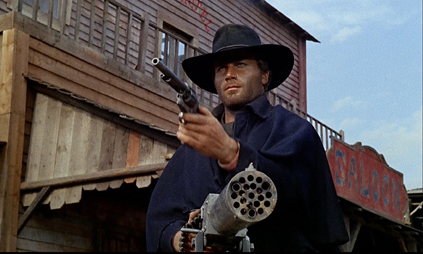
Franco Nero in Sergio Corbucci's DJANGO (Rialto Pictures/Blue Underground)
Django was not just a spaghetti western when released in Europe—it became an event. The film became a franchise unto itself, but if you thought James Bond had his imitators, Django had an explosion of them. There were a couple of direct sequels with the character, played by Franco Nero, but so, so many more had only the name Django in the title because producers and distributors wanted to cash in on the name—according to Quentin Tarantino, who made his own “rip-off” film out now in theaters. And while one might look to Tarantino’s new film for similarities, they stop mostly with the character’s name, a quest for revenge (though in Corbucci’s film it’s much more explicit), and a penchant for ultra-violence.
Sergio Corbucci is not really a great director, but if I hear his name, I perk up. Having seen a couple of his other movies, like Navajo Joe and Il Grande Silenzio, I knew what to expect with Django, which is some of the same but only more violent, serious, and convoluted. Actually, the story here isn’t too convoluted, if you pay close attention, and it doesn’t have the weird, cool energy of Grande Silenzio or the camp of Navajo Joe. But it stands on its own as a solid entry, and was the most well-known of all spaghetti westerns in Europe (yes, more than the films of Sergio Leone, who was also a God there). If you watch the dubbed version on DVD and come out unscathed, more power to you. Thankfully, the new restored version at the Film Forum is in Italian with English subtitles, which helps. A little.
Franco Nero stars as the iconic title character, a man dragging a coffin into town who has come to deliver some payback against a man named Jackson (Eduardo Fajardo). He gets caught up between two warring factions: red-suited KKK members and Mexican bandits. Django doesn’t want to get involved in the scrimmage, but, of course, he does, and the bloodshed becomes not too unfamiliar to those who’ve seen their share of Leone pictures. Certainly it would be hard to top this movie’s body count, which nears 150 (or maybe it’s more).
It’s the look of most of the characters that becomes more and more striking as the movie goes on, including one snarling gunman with bad teeth and big gums, and the stone-faced Jackson, who Django has the chance to kill early on but leaves alive. What Corbucci delivers with his cast of mostly bit players and hamming-uppers is a kind of tough but loose style. He won’t go to extremes like Leone with a close-up or a far-away angle. He’ll just zoom and veer right into the action and get all of the bloody, crazy killings right up close and fast as possible. He’s a good exploitation director and a decent stylist, with a little artistry and a warped form of professionalism. It must have been fun and rough work being on his set.
So for any and all fans of the spaghetti western or just crazy action films, you’ll see why Django gets its rep, for better or for worse, but usually for the better. It’s sometimes sloppy and occasionally not altogether well made, but its final scene set in a cemetery should be in the books as an example of a true bad-ass gunslinger. The restored digital presentation at the Film Forum is fairly gorgeous, if maybe missing just a little of that grain in film prints. (The DVD/Blu-ray release comes from Blue Underground. Can we get Mario Bava or Lucio Fulci next, please?)

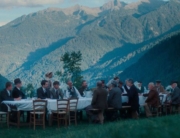

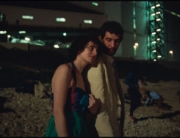
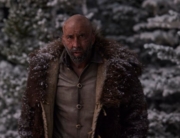
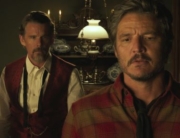










Leave A Comment